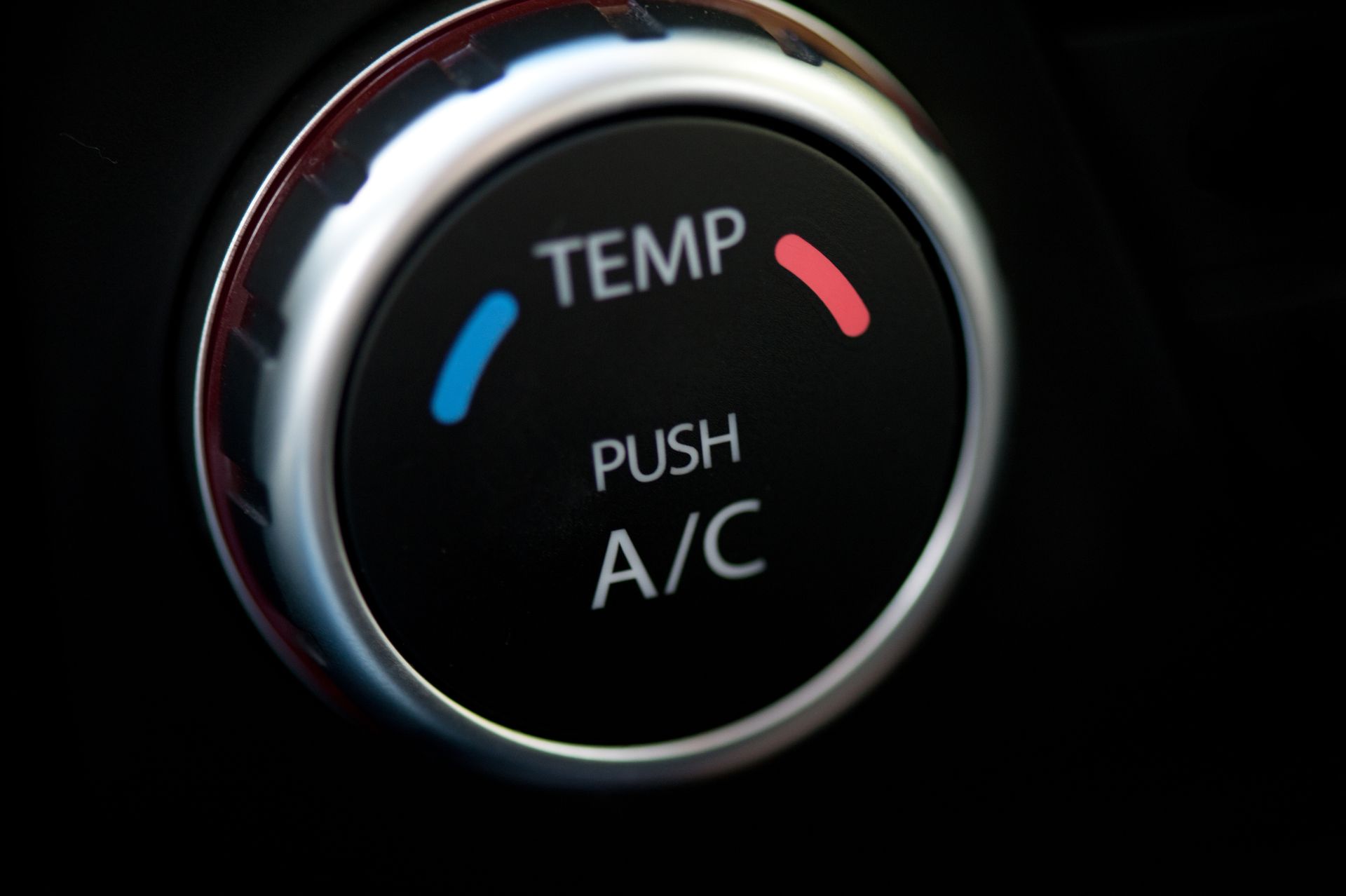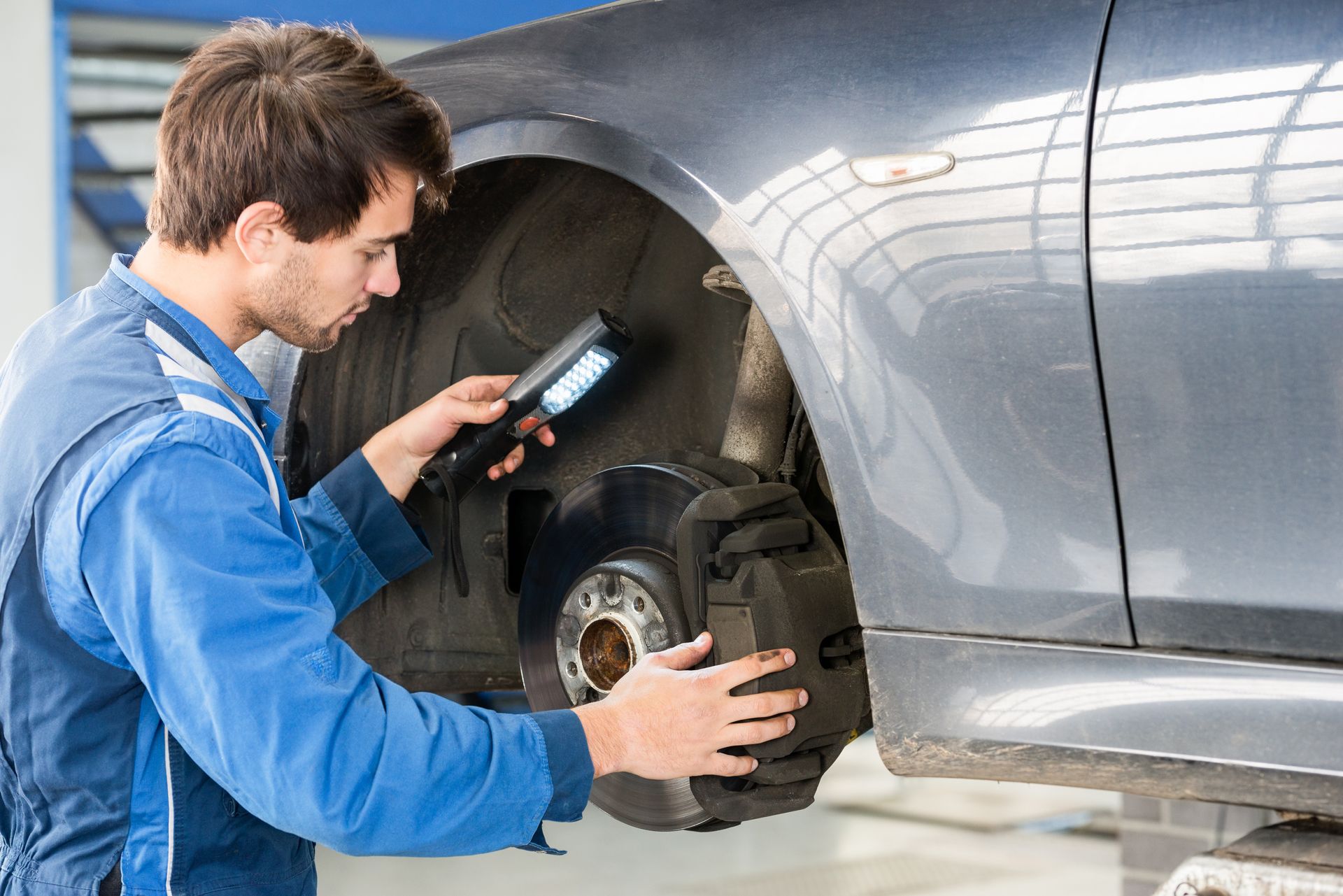After a long day at the beach, the last thing you expect is for your seatbelt to refuse to retract. It might seem like a small annoyance at first, but a stuck or slow seatbelt can signal more serious wear, especially if you live in a beachside environment like Vieques. Salt air, sand, and moisture are constant companions in coastal areas, and over time, they can work their way into places you wouldn’t think to look.
At The Shop on Vieques, we frequently encounter this issue with cars that spend a significant amount of time near the water. If your seatbelt isn’t working like it should after your beach adventures, here’s what could be going on.
Sand and Debris in the Mechanism
Beach sand doesn’t need an invitation to find its way into every part of your vehicle. It clings to towels, swimsuits, and skin, and it settles into your seat crevices. When that fine sand gets into the seatbelt retractor housing, it can interfere with the winding mechanism.
The result? A belt that doesn’t pull back smoothly or gets stuck partway in. Even if you can't see it, a buildup of debris inside the panel behind your seat can jam the gears or cause the spring to lose tension. Cleaning the visible belt won't solve the issue if the internal mechanism is affected.
Salt Air Accelerates Corrosion
The salty ocean air around Vieques doesn’t just affect the exterior of your car. That salt-filled moisture works its way into the interior through open windows, ventilation systems, and door seals. Over time, the metal components inside the seatbelt retractor can rust.
When corrosion forms on internal springs or locking mechanisms, it can cause the seatbelt to move sluggishly or not at all. In more serious cases, a corroded part might prevent the belt from locking in an emergency, putting your safety at risk. That’s why it’s important to have the retractor checked and cleaned if you live near the coast.
Moisture Trapped in the Belt
If you get into your car after swimming or walking along the beach, your damp clothing or beach gear might leave moisture on your seatbelts. Since seatbelt fabric is absorbent, it can trap that moisture and hold it inside the retractor mechanism, especially if the belt is pulled all the way out while wet.
That trapped moisture doesn’t dry out easily, and when combined with salt, it can corrode or cause mildew inside the housing. This affects both the retraction speed and the smell of your seatbelt over time.
Wear and Tear from Sun and Salt
Coastal climates mean strong UV exposure and constant salt in the air. Over time, seatbelt material can fray, fade, or lose flexibility. A worn-out belt doesn’t roll up as easily because it has become stiff or warped. This can add strain to the retraction system, increasing the likelihood of a jam.
If you’ve had your vehicle for a while and notice the seatbelt catching, fraying, or not moving smoothly, it could be time to replace either the belt itself or the retractor assembly.
How We Fix Seatbelt Retraction Issues
When a customer brings in a vehicle with seatbelt issues, our technicians start by inspecting the seatbelt webbing for visible damage, sand buildup, or moisture staining. If the belt feels gritty or stiff, we clean and lubricate the mechanism with materials designed for automotive safety systems.
We also remove panels to access the retractor housing and check for rust, corrosion, or broken springs. If the unit is damaged, we’ll replace it with a part that meets your vehicle’s safety standards. For minor issues, a full cleaning and realignment can often restore proper function.
Keep Your Safety Equipment Working Properly
A seatbelt that doesn’t retract might not seem urgent, but it can reduce your protection in an accident and may be a symptom of deeper wear. On a tropical island like Vieques, regular maintenance of safety systems is just as important as oil changes or brake inspections.
Make it a habit to rinse your seatbelts with clean water occasionally, especially after beach outings. Avoid letting damp or sandy items sit on the belt, and keep windows closed when parked to reduce salt exposure. These small habits help prolong the life of your seatbelt and the components that keep it functioning properly.
Restore Your Seatbelt Function at The Shop on Vieques in Vieques, Puerto Rico
If your seatbelt isn’t retracting properly after a trip to the beach, don’t wait for it to become a safety hazard. Our technicians are familiar with the local environment and know how to clean, repair, or replace damaged seatbelt systems quickly and safely.
Call
The Shop on Vieques in Vieques, Puerto Rico, to schedule a seatbelt inspection today and make sure every ride is as safe as it should be.











